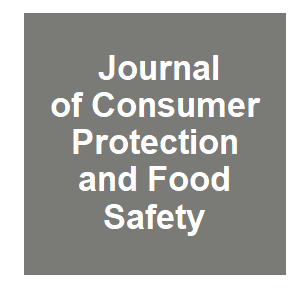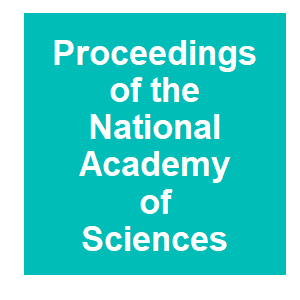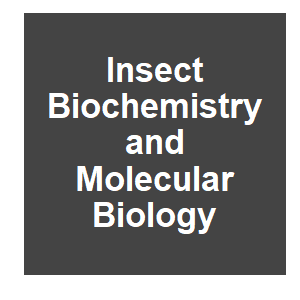
Keywords: transmission

|
Rapid comeback of males: evolution of male-killer suppression in a green lacewing populationHayashi, MN, M.; Kageyama, D., Proceedings of the Royal Society B-Biological Sciences, 285:6. 2018.
Evolutionary theory predicts that the spread of cytoplasmic sex ratio distorters leads to the evolution of host nuclear suppressors, although there are extremely few empirical observations of this phenomenon. Here, we demonstrate that a nuclear suppressor of a cytoplasmic male ... Keywords: b chromosomes, breeding system, drive, gene drive natural, Mating system, plants, populations, selfish DNA, transmission |

|
Genetics and genomics of an unusual selfish sex ratio distortion in an insectHamilton, PTH, C. N.; Curtis, C. I.; Perlman, S. J., Current Biology, 28:3864-3870. 2018.
Diverse selfish genetic elements have evolved the ability to manipulate reproduction to increase their transmission, and this can result in highly distorted sex ratios [1]. Indeed, one of the major explanations for why sex determination systems are so dynamic is because they are ... Keywords: b chromosomes, breeding system, drive, gene drive natural, Mating system, plants, populations, selfish DNA, transmission |

|
Transmission and drive involving parasitic B chromosomesJones, RN, Genes, 9:e388. 2018.
B chromosomes (Bs) are enigmatic additional elements in the genomes of thousands of species of plants, animals, and fungi. How do these non-essential, harmful, and parasitic chromosomes maintain their presence in their hosts, making demands on all the essential functions of their ... Keywords: b chromosomes, breeding system, drive, gene drive natural, Mating system, plants, populations, selfish DNA, transmission |

|
Regulatory experience and challenges for the release of GM insectsBeech, C, Journal Fur Verbraucherschutz Und Lebensmittelsicherheit-Journal of Consumer Protection and Food Safety, 9:S71-S76. 2014.
Genetically modified (GM) insects are a potentially valuable new tool for the biological control of insect pests of humans, animals and plants. Considerable progress has been made recently in transfer of GM insects from the laboratory to release and evaluation in the environment. ... Keywords: b chromosomes, breeding system, drive, gene drive natural, Mating system, plants, populations, selfish DNA, transmission |

|
Requirements for effective malaria control with homing endonuclease genesDeredec, AG, H. C. J.; Burt, A., Proceedings of the National Academy of Sciences of the United States of America, 108:e874-e880. 2011.
Malaria continues to impose a substantial burden on human health. We have previously proposed that biological approaches to control the mosquito vector of disease could be developed using homing endonuclease genes (HEGs), a class of selfish or parasitic gene that exists naturally ... Keywords: b chromosomes, breeding system, drive, gene drive natural, Mating system, plants, populations, selfish DNA, transmission |

|
Wolbachia and cytoplasmic incompatibility in mosquitoesSinkins, SP, Insect Biochemistry and Molecular Biology, 34:723-729. 2004.
Wolbachia are maternally inherited bacteria that induce cytoplasmic incompatibility in mosquitoes, and are able to use these patterns of sterility to spread themselves through populations. For this reason they have been proposed as a gene drive system for mosquito genetic ... Keywords: b chromosomes, breeding system, drive, gene drive natural, Mating system, plants, populations, selfish DNA, transmission |

|
The distribution of B chromosomes across speciesPalestis, BGT, R.; Burt, A.; Jones, R. N., Cytogenetic and Genome Research, 106:151-158. 2004.
In this review we look at the broad picture of how B chromosomes are distributed across a wide range of species. We review recent studies of the factors associated with the presence of Bs across species, and provide new analyses with updated data and additional variables. The ... Keywords: b chromosomes, breeding system, drive, gene drive natural, Mating system, plants, populations, selfish DNA, transmission |

|
Selfish DNA and breeding system in flowering plantsBurt, AT, R., Proceedings of the Royal Society B-Biological Sciences, 265:141-146. 1998.
In many species, some individuals carry one or more B chromosomes: extra, or supernumerary chromosomes not part of the normal complement. In most well-studied cases, B's lower the fitness of their carrier and persist in populations only because of accumulation mechanisms ... Keywords: b chromosomes, breeding system, drive, gene drive natural, Mating system, plants, populations, selfish DNA, transmission |

Contact
David O’Brochta
Foundation for the
National Institutes of Health
geneconvenevi@fnih.org
RSS

